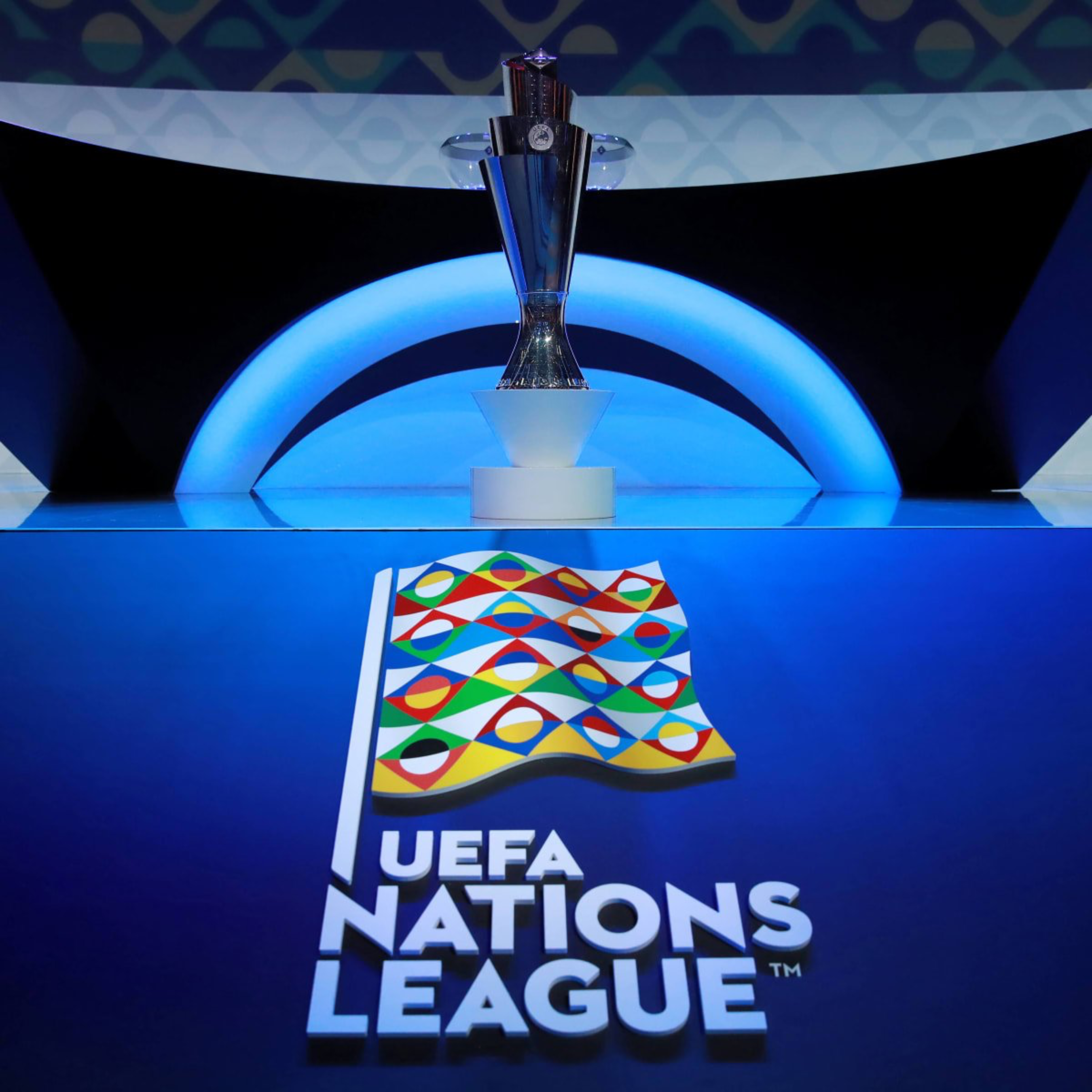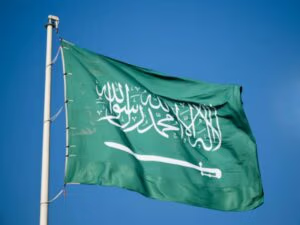The UEFA Nations League is back for the 2024-25 season with some key changes. While it may not be the most widely celebrated international competition, it will be at the forefront of European football over the next year. Here’s a breakdown of how it works, what’s new, and why it plays a significant role in European football.
Starting in style 😎#NationsLeague pic.twitter.com/qGB3XpOuh0
— UEFA EURO 2024 (@EURO2024) September 5, 2024
What is the UEFA Nations League?
Introduced in the 2018-19 season, the UEFA Nations League was designed to eliminate ‘meaningless’ international friendlies and offer more competitive matches for European nations. The competition involves 54 national teams, divided across four leagues—A to D—based on their ranking.
Leagues A, B, and C consist of 16 teams each, while League D has 6 teams. Each league is split into groups where teams face each other home and away during the league phase. The 2024-25 season runs from September 2024 to the finals in June 2025.
How the Nations League Works
Teams within each league aim for promotion or to avoid relegation. The group winners in Leagues B and C are promoted to the higher league, while the last-placed teams in Leagues A and B are relegated to the league below. League C’s lowest-ranked teams face relegation playoffs to avoid dropping to League D.
The four League A group winners advance to the knockout rounds, aiming for the Nations League title.
What’s New in the 2024-25 Season?
A major change for this season is the introduction of a knockout round for League A. Instead of the group winners advancing directly to the final four, they now face the group runners-up in two-legged quarterfinals. This adds an extra layer of competition and opportunity.
There are also new promotion/relegation playoffs between third-placed teams in League A and runners-up in League B, and similarly between Leagues B and C. These changes create continuity between the group phase and finals, keeping teams competitive longer.
Knockout Round and Finals Schedule
- Quarterfinals: March 2025
- Semifinals: June 4-5, 2025
- Final: June 8, 2025
One of the finalists will host the semi-finals and final. The winners receive substantial prize money and the title of Nations League champion, with Spain as the current holders after defeating Croatia in the 2023 final.
Why Does the Nations League Matter?
Apart from the prestige and prize money (€10.5 million for the winners in the last edition), the Nations League holds importance for FIFA World Cup 2026 qualification.
UEFA will send 16 teams to the World Cup (up from 13 in 2022), and the Nations League plays a part in this. Group winners and top-ranked Nations League teams that don’t automatically qualify through the regular UEFA qualification groups will have a chance to secure one of the four remaining World Cup spots through play-off paths.
Favourites and Potential Contenders
Spain, buoyed by their European Championship victory, will be among the favourites to retain their title. France and Portugal, both powerhouses in international football, are also expected to be strong contenders. With high stakes and significant financial incentives, the Nations League remains a crucial competition for European nations in the lead-up to the 2026 World Cup.






